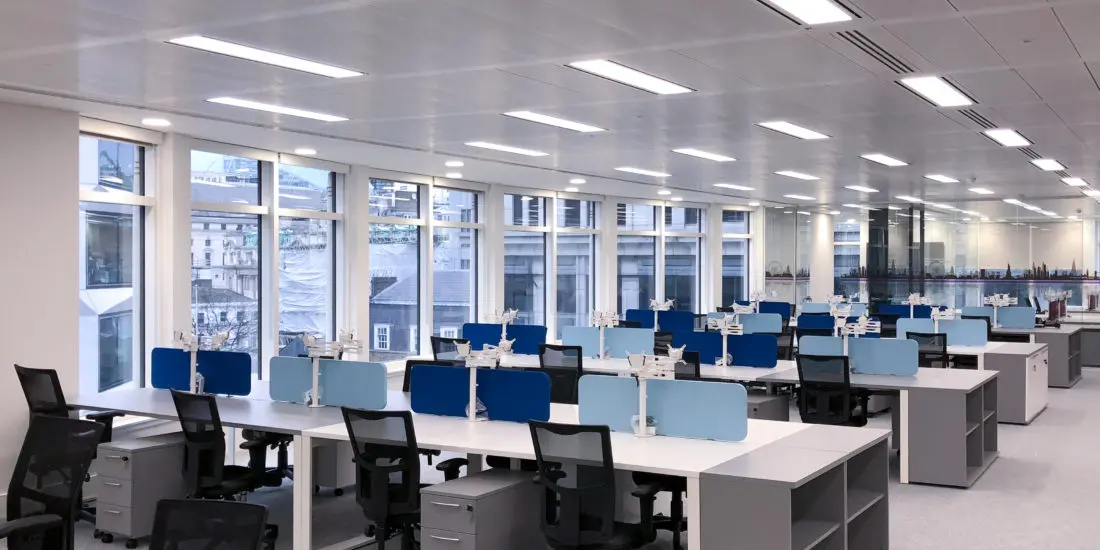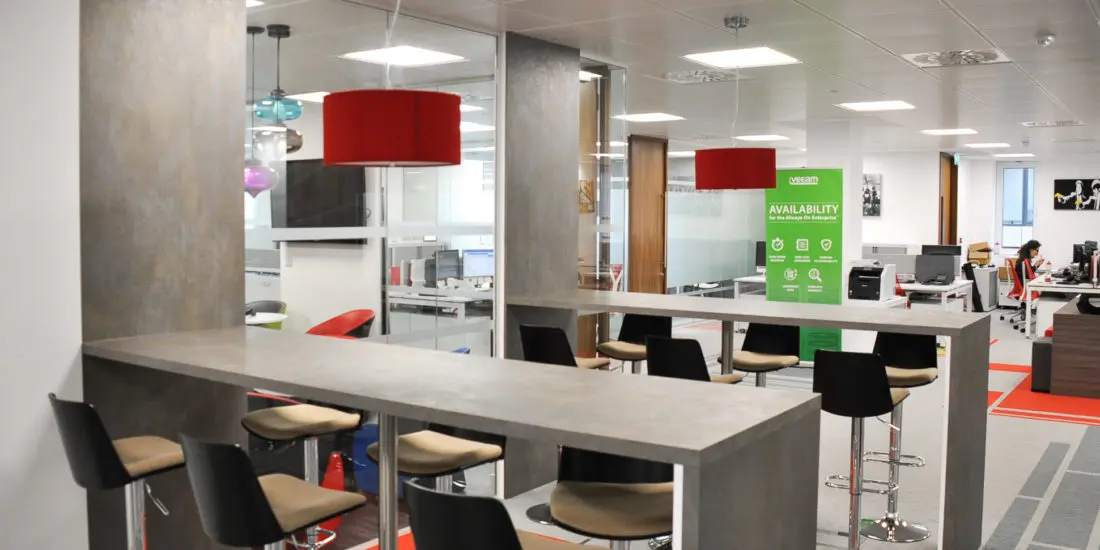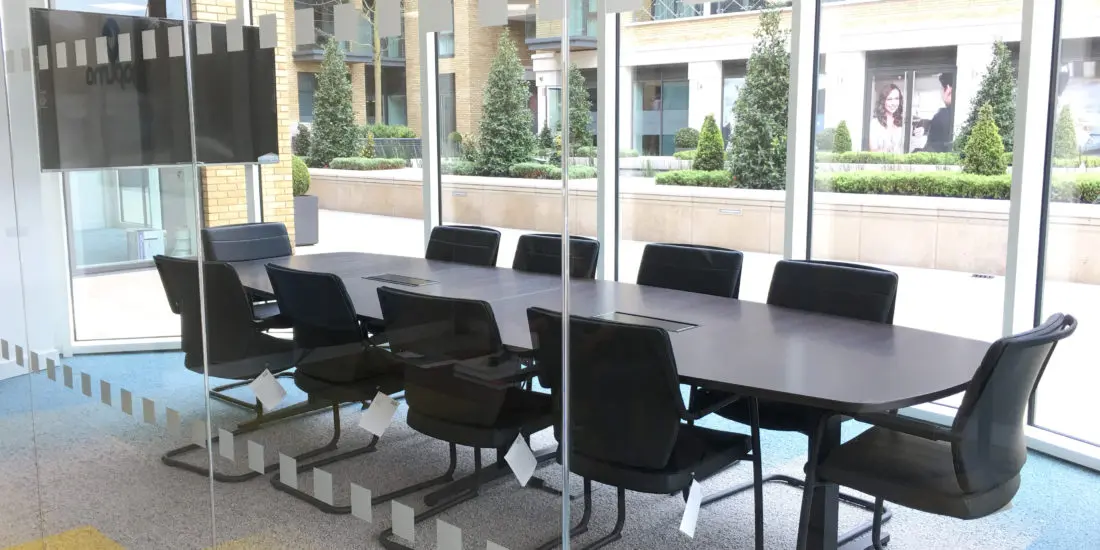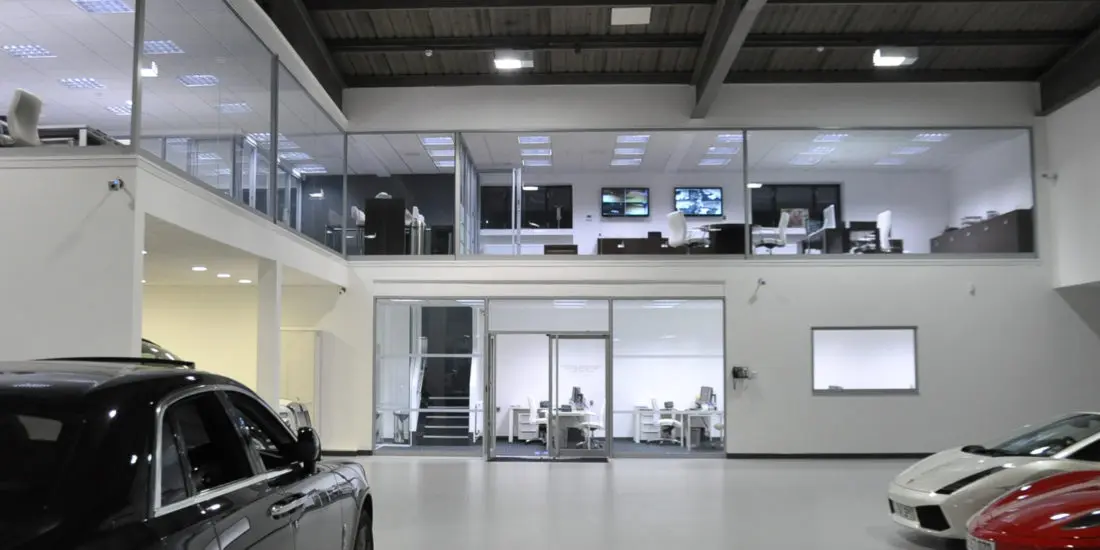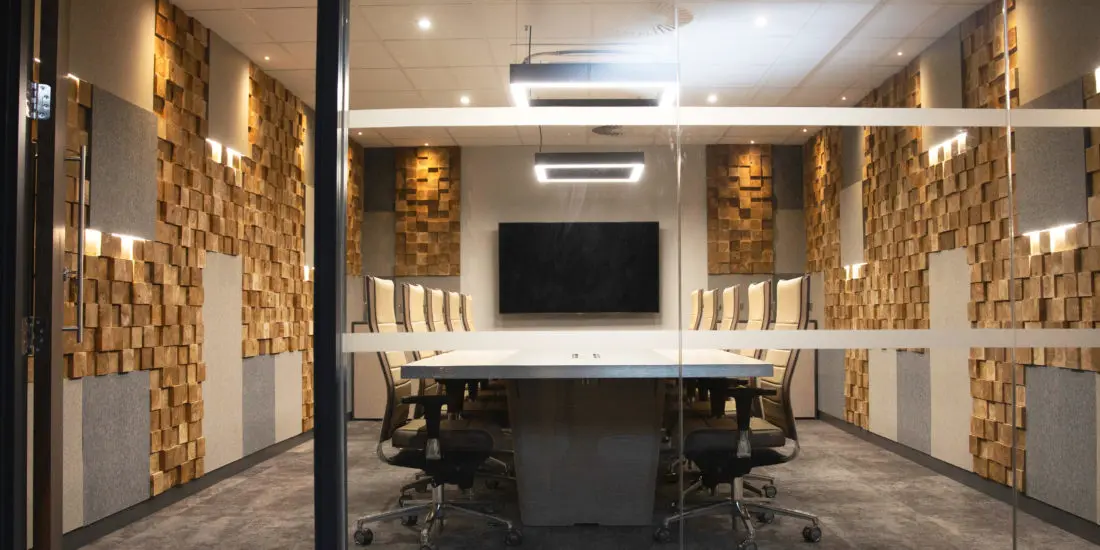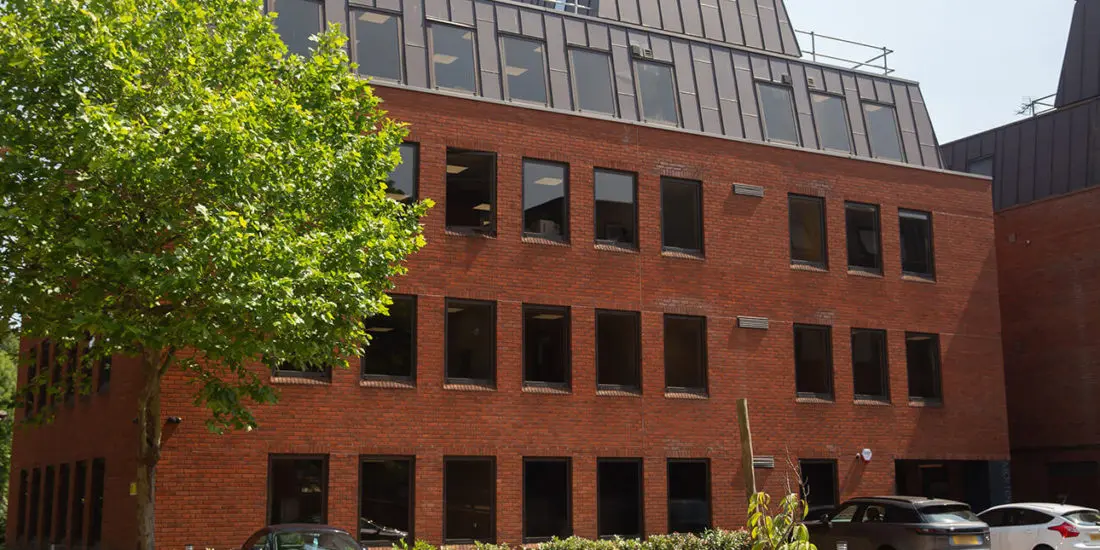Modern office space planning, a blend of data-driven strategies and employee-centric design principles, offers
significant benefits to businesses, from enhanced productivity to improved
employee satisfaction.
Today's office space planning is heavily
influenced by technology. Smart sensors and real-time analytics are used to
track space usage, enabling the creation of flexible layouts that support both
collaborative and focused work.
Natural light, biophilic elements, and
modular furniture create versatile environments that enhance productivity and satisfaction.
With 86% of organisations considering
offices vital for success, intelligent
space optimisation has become indispensable.
The intersection of technology and
thoughtful design is fundamental to revealing your workspace's full potential.
Understanding Modern Office
Space Metrics
As organisations adopt data-driven transformation in workplace
design, understanding modern office
space metrics has become essential for creating efficient and productive
environments. Forward-thinking companies now use sophisticated tools to gather
occupancy observations and establish utilisation benchmarks that reinvent space
allocation and management.
The modern office ecosystem thrives on data from multiple touchpoints - from desk usage patterns to meeting room interactions. Space Utilisation Index readings accurately depict how employees interact with their workspace, while real-time analytics tools convert raw numbers into actionable strategies. This technological leap enables businesses to fine-tune their environments, ensuring every square metre performs its function. By embracing these metrics, organisations can craft workspaces that maximise efficiency and nurture collaboration and innovation. Comprehensive staff survey feedback provides invaluable insights that help shape workplace strategies aligned with employee needs and organisational goals.
Smart Space Assessment
Strategies
Smart space assessment represents the
cornerstone of modern workplace design,
where strategic evaluation meets data-driven decision-making. Breaking free
from traditional office constraints starts with gathering meaningful employee feedback through surveys and
focus groups, ensuring every voice shapes the workspace evolution.
Modern assessment techniques incorporate
a comprehensive approach, combining high-tech
solutions like occupancy sensors
with human-centric considerations. Space
accessibility takes centre stage as organisations recognise that
unrestricted movement fuels creativity and collaboration. Smart organisations
are ditching the old-school clipboard observations in favour of mechanised analytics that track real-time usage patterns. The result? A
workspace that breathes and adjusts, supported by concrete data rather than
guesswork. These understandings enable leaders to craft environments that
genuinely serve their teams' needs while maximising every square metre. CAD-generated floor plans provide the
foundation for visualising and implementing these data-driven workspace
solutions.
Key Considerations for
Optimal Layout Design
When businesses embrace thoughtful layout design, they reveal
their workspace's and teams' full potential. The magic happens when office navigation flows effortlessly,
allowing employees to move freely between collaborative
zones and quiet spaces. The smart design considers both visual comfort and
practical functionality, integrating natural
light with adjustable artificial lighting that adjusts to different tasks
and moods.
Modern offices thrive on flexibility,
with modular furniture and
multi-purpose areas that change as needed. Think sound-absorbing panels that
double as creative room dividers or height-adjustable desks that encourage
movement throughout the day. The most successful layouts strike that sweet spot
between openness and privacy,
creating an environment where teams can easily switch from brainstorming
sessions to focused individual work. It's about designing spaces that liberate
rather than confine, giving employees a sense of freedom and liberation in their
work environment.
Data-Driven Space Utilization
Techniques
Modern organisations have transformed
their approach to office planning through the power of data-driven decision-making. By leveraging advanced occupancy analytics and IoT sensors, companies can now track utilisation trends with
unparalleled precision, revolutionising how space is allocated and managed.
Smart businesses are embracing
sophisticated tools like AI-powered
platforms and virtual replicas to access the full potential of their
workspaces. These technologies illustrate a crystal-clear depiction of how
employees actually use different areas throughout the day. The real
game-changer? Space management software
that provides real-time observations, enabling quick adjustments to meet
changing needs. When combined with employee feedback and continuous monitoring,
these data-driven techniques create flexible, efficient environments that
adjust to hybrid work models while
maximising every square metre of office space.
Research shows that top performers spend 45% of their time engaged
in collaborative activities, making it crucial to optimise workspace layouts
accordingly.
Flexible Workspace Solutions
for Today's Workforce
As businesses navigate the changing
landscape of workplace interactions, flexible
workspace solutions have emerged as the foundation of contemporary office
strategies. The stunning shift from traditional
offices to versatile environments mirrors the evolution of work itself,
with transaction sizes for larger desk requirements jumping from 30% to 50% in
just one year. Implementing intelligent space planning has become crucial
for reducing operational inefficiencies while fostering team collaboration.
The appeal of these vibrant spaces lies
in their ability to deliver both coworking
benefits and support for hybrid
models. Companies are uncovering that flexible workspaces offer more than
just cost savings - they're
catalysts for innovation and collaboration. With 86% of organisations believing
offices will become more essential for profitability and organisational ethos,
the flexible workspace revolution isn't just a trend - it's a strategic necessity that's reshaping
how modern businesses operate and flourish.
Technology and Tools for
Space Management
The virtual
revolution in office space
management has ushered in a suite of sophisticated tools that alter how
organisations improve their workplaces. Leading platforms like OfficeSpace
Software now enable companies with real-time
utilisation tracking and intelligent
space allocation features that take the guesswork out of workplace
optimisation.
Modern space management technologies blend harmoniously with existing systems through smart integrations. Interactive floor plans let managers drag and drop teams like pieces on a virtual chessboard while usage analytics reveal precisely what is being used effectively - or gathering dust. These tools make booking desks, scheduling meeting rooms, and keeping tabs on workplace fluctuations is a breeze. The result? Organisations can create agile environments that adjust to changing needs while keeping operational costs in check. Virtual walkthroughs have become essential for testing layout modifications before implementing physical changes, saving both time and resources in the design process.
Conclusion
Effective office space planning has progressed from a simple desk-arranging activity into a sophisticated science that's hitting the nail on the head for modern businesses. Organisations can change their workspaces into productivity powerhouses through smart metrics, data-driven strategies, and flexible solutions. With state-of-the-art technology and thoughtful layout design, these approaches guarantee that every square metre delivers maximum value while supporting employee well-being and organisational growth.







